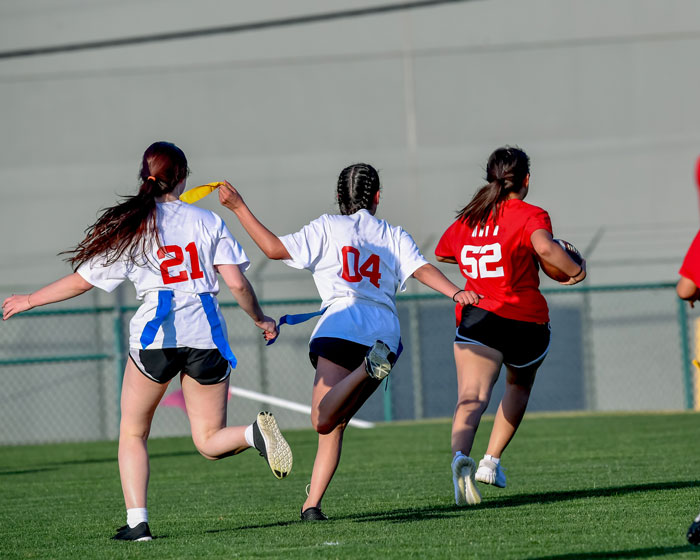By Elizabeth Huber & Peter Titlebaum, Ed.D.
Finding students who want to try out and play club sports is not a hard thing to do on a college campus. However, asking them to fundraise can be a challenge.
It’s easy for the student to think this should or could be covered by school tuition. Usually this is not the case, although it might be subsidized by the recreation department or by student government. If it is that is the case, that is fortunate. However, with expenses going up, most club teams will find that their budgets will come up short. Thus, they will still need funds. Some students will just ask their parents to cover the cost. But it is important for students to develop the skill of fundraising so they can be part of their own solution.
What Club Sports Do for Students
- Stress Relief: College is hard enough. Students need to plan their future, and being able to participate in club sports is a great way to manage the stress of college.
- Outlet: There have been numerous studies showing the positive effect that sport can bring to someone’s physical and mental health.
- Socializing: Being with like-minded people can enhance the social aspect of college.
- Workout: Participation in sports provides tangible results to the human body that other activities don’t provide.
Club teams fundraise individually, and money is used for traveling to tournaments or other needed expenses like equipment. While students are happy to be part of team, they tend not to be thrilled with having to fundraise.
Fundraising is that kind of skill. People often have a negative connotation when it comes to sales. Most students have had some experience selling candy bars, popcorn or cookies to support their sport activities. Usually those experiences were negative or their parents bailed them out. It does not need to be that way. It is just a new skill that takes practice to develop.
Fundraising for Club Sports
We all have a perception of money. When we request that someone support our cause, it can be awkward. However, if we don’t ask, we can’t receive and move toward our goal. The problem is, you can’t put your value of money on someone else. It will help the student if they offer a range to the person they asking for a donation.
For example: “The team is planning on raising $15,000, and my personal goal is to raise $1,500. Plus, personally, I contributed $100. This year my team gifts have ranged from $25 to $1,000. Where would you feel comfortable contributing?”
This will let the person who has been approached know that you are a stakeholder in the process.
An effective acronym for teaching this concept to club sport participants is TEAM: Together Everyone Achieves More.
The power is being part of the team. This means you are not alone, and each member can and should hold each other accountable. Goal-setting is not new to sport but can be an effective tool when dealing with raising funds for a common cause. Each team member can make a difference in each other’s lives. Raising the necessary funds to travel to a NIRSA regional or national tournament can go a long way in cementing a memory that will live long past the game.
Tips for Fundraisers
Come up with a list of people who could donate to the cause. It is helpful to start with family, friends, coaches, teachers, neighbors, past teammates, and current and former employers. Last, but not least, contact alumni of the program. This is a great start and should be about 50 names. This will be your team, and keep mind they care about you. Add a monthly email update to those on your achievement toward goal, and this might help you get referrals.
Rely on storytelling: This is your pitch on why this is important to you. Explain the cause, and state your personal goal. It needs to be personalized, which is best done in person. If that is not possible, try Zoom or Facetime. You can always set this up on the phone or a text. It will be more personal than email. Some who are shy may post on LinkedIn or Facebook, which might get you one or two donations, but it is the least effective method to raise funds.
Never forget, if this were easy, everybody would be doing it. This is a new skill. You may hear “no” four times before you get one yes. Be persistent. “No” is not personal, it’s just not the right time. It is helpful if you understand that people will be investing in you or your cause.
About the Authors
Elizabeth Huber is an undergraduate at the University of Dayton studying Sport Management. She played basketball for her four years of college. She has an interest in pursuing a career in event management and marketing.
Peter Titlebaum’s, Ed.D., areas of expertise include marketing, sales, fundraising, activation, return on investment and return of objective strategies.



